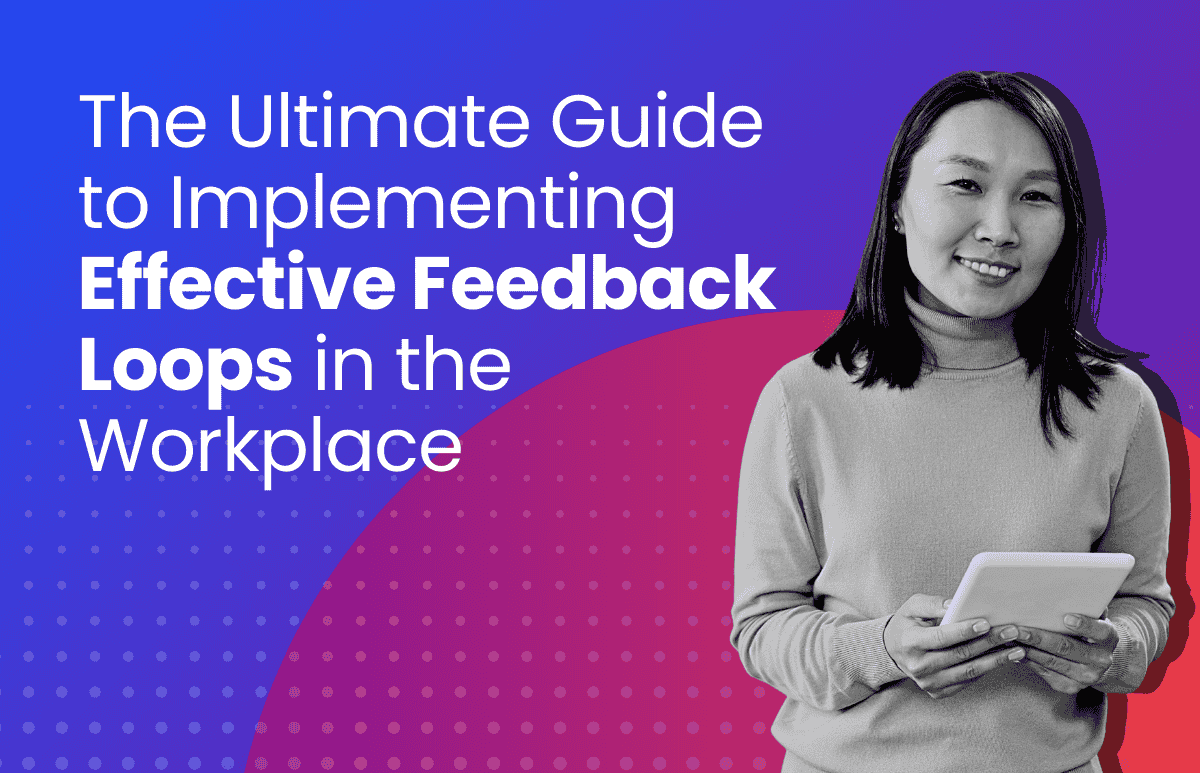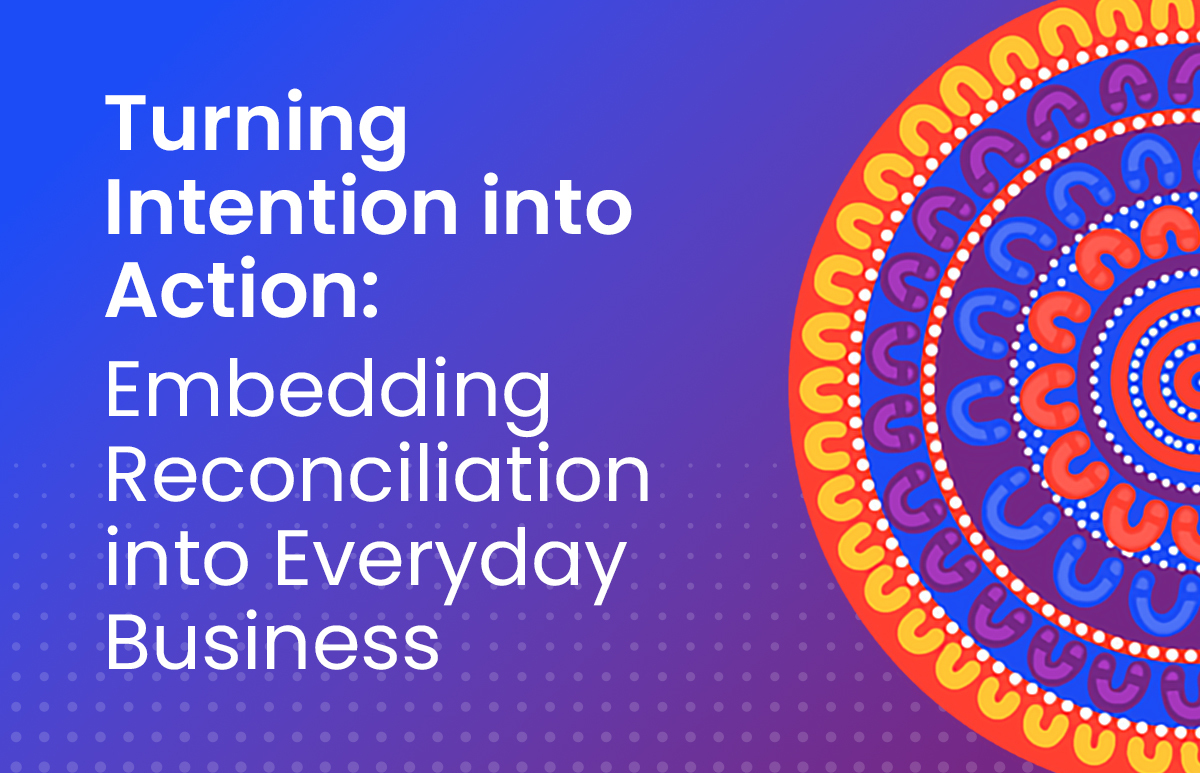How to Raise Employee Engagement: 5 Strategies

There’s nothing more frustrating for managers than supervising employees who’d rather watch paint dry than do work. This article shows you how to lift engagement in the workplace so that your staff enjoy their jobs instead of resenting the time they spend on your payroll.
What is employee engagement?
Employee engagement is defined as the level of enthusiasm and connection employees feel towards their organisation. Engaged employees generally put more effort into their work and tend to be more committed to staying with their organisation. Employee engagement is often influenced by the actions – or lack of action – taken by an organisation.
Why is employee engagement important?
Organisations lose millions of dollars a year when their workers aren’t motivated or satisfied with their roles. The damage is severe: high turnover rates, poor business performance, disappointed stakeholders and low revenue.
On the opposite end of the scale, engaged employees are more productive, innovative and hardworking. As a result, organisations with enthusiastic teams tend to perform strongly and managers are respected by staff.
Fortunately, businesses with engagement problems can adopt strategies that give unhappy workers a reason to look forward to going into work. In doing so, they join the ranks of engaged organisations that are 21% more profitable.
Employee engagement is even more important in today’s uncertain world. The effects of COVID-19 on global economies and businesses around the world has been brutal, so in order to remain competitive in the market, employers must utilise their most valuable asset – their employees.
The benefits of an engaged workforce
Having an engaged workforce can bring many benefits to a business. Here are just a few:
- Increased productivity
- Lower absenteeism rates
- Higher growth
- Improved customer satisfaction
- Better leadership
- Increased employee morale
- Increased collaboration
- Improved retention rates
How to engage your employees
A workforce that is engaged, loyal and committed will help a business weather the storm of COVID-19 and emerge stronger on the other side. Here are five powerful strategies that can help to lift employee engagement levels.
1. Pay and reward people fairly
One of the main causes of employee disengagement is financial stress. People who feel underpaid and undervalued fail to feel enthusiastic about their jobs, and so managers should fairly compensate staff for their services to alleviate this anxiety and encourage higher performance. Organisations should:
- Pay a competitive salary at or above the market rate – and review this regularly
- Make sure there are no payment delays or errors
- Handle leave requests in a prompt manner
- Reward staff with bonuses and commissions
Of course, in light of the pandemic, businesses may not be in a position to provide extra financial benefits to employees. However, there are non-financial benefits employers can award their employees to make them feel valued and appreciated. Examples include:
- Partner with local businesses to award gift cards and vouchers to deserving employees
- Give praise and recognition through company-wide communication channels
- Implement an Employee of the Month program – voted for by peers
- Provide opportunities for professional learning and development
- Offer extra paid or unpaid leave entitlements
- Offer community service days whereby employees donate their time or expertise to local charities or community groups
2. Make better recruitment choices
Most companies hire unsuitable candidates because they don’t evaluate people carefully during interviews. Managers must seriously consider how well an individual’s values and character traits align with the workplace culture, in addition to the hard skills they bring to the table.
Traditional recruitment processes are costly and lengthy and filling a role typically takes one to four months. However, with automated recruitment software the recruitment process can be streamlined. Beneficial features of automated software include:
- Organising behavioural interviews to assess an applicant’s cultural fit
- Creating internal and external talent pools that target a wide net of candidates from different regions
- Automating time-consuming tasks so you can focus on the interview process
- Reporting and analytics tools that evaluate the suitability of candidates
3. Strengthen your relationship with new hires
The first 45 days of an individual’s tenure is crucial. This is when 20% of staff turnover occurs as a result of employee disengagement. It’s natural for people to second-guess their job choice after they start a new job. Workers who feel unvalued, overwhelmed, bored or confused about their position are more likely to quit.
Fortunately, this can be prevented with a structured onboarding process. New recruits are 58% more likely to stay with their employer three years down the track if they’re actively supported during the initial months.
Effective onboarding involves:
- Continuous training and support
- A clear explanation of the position requirements
- Team building with colleagues
- Individual access to their payment data and personal information
- One-on-one mentoring with supervisors
- The ability to set career goals and work towards these
4. Motivate workers with skills development, feedback and career growth
Employees are largely motivated by the opportunity to learn new skills, expand their career and work on meaningful projects. When these aspirations aren’t met people tend to lose interest in their jobs; one study shows that 60% of Australian workers quit because they weren’t given the chance to grow in their roles.
There are multiple solutions that lift employee satisfaction levels:
- Training and development: improve soft and hard skills via an expansive library of courses that staff can access on multiple devices, at their own convenience.
- Succession management planning: motivate ambitious employees by identifying and training people who are ready to move into vacant leadership positions.
- Performance management: help staff to evolve and feel valued by consistently offering constructive and positive feedback.
5. Create a healthy, positive and nurturing culture
Low employee morale is common in stressful work environments. In fact, 38% of workers feel overwhelmed by their jobs, which leads to burnout and health problems as well as higher turnover and absenteeism rates.
Obstacles that reduce job satisfaction:
- Rigid schedules that offer no flexibility
- Excessive working hours
- Bullying, harassment and negativity in the workplace
- Managers who don’t support, value or listen to employees
More ways to improve emplpoyee engagement
To minimise stress in the workplace and show employees they matter, employers should consider offering flexible work arrangements.
MetLife’s Employee Benefit Trends Study (EBTS) found that 92% of Aussie employees think flexible work is a “must have” or “nice-to-have”. The recent shift in workplace practices have sped up the transition from predominantly office/workplace-based working to remote-first working, which is ultimately what modern workers want.
Employers should learn from their remote working experiment, and survey their employees to find out what their working preferences are.
Flexibility isn’t only for those who can work from home. Organisations that rely on a roster system can use automated scheduling and time tracking software to offer flexibility and ensure people aren’t working excessively, leading to burnout. Technologyenables managers to delegate shifts fairly and easily track the number of hours that people are working.
Another way to improve engagement is by giving employees a voice. Employees feel supported and valued when managers use online surveys to collect and act on their feedback in a timely manner. In fact, people are 4.6 times more likely to perform their best when they’re empowered in such ways.
Automated survey software makes this process quick, convenient, far-reaching and accurate. There are a range of different survey types, including:
- Induction survey – what do new hires think about the process?
- Financial wellness survey – are there financial concerns?
- Job satisfaction survey – how happy and supported people feel in their roles
- Exit interview survey – departing staff give honest feedback
- Reward and recognition survey – do staff feel like they’re being acknowledged?
- Training survey – how useful are the training programs?
In summary
Employee engagement should never be overlooked as employees are always the lifeblood of any organisation – and having an engaged workforce is the key to growing a successful business.
As Richard Bransons said: “If the person who works at your company is 100% proud of the brand and you give them the tools to do a good job, and they are treated well, they’re going to be happy… Effectively, in the end, shareholders do well, the customers do better, and your staff remains happy.”
ELMO Software is a cloud-based solution that helps thousands of organisations across Australia, New Zealand and the United Kingdom to effectively manage their people, process and pay. ELMO solutions span the entire employee lifecycle from ‘hire to retire’. They can be used together or stand-alone, and are configurable according to an organisation’s unique processes and workflows. Automate and streamline your operations to reduce costs, increase efficiency and bolster productivity. For further information, contact us.
 HR Core
HR Core 









